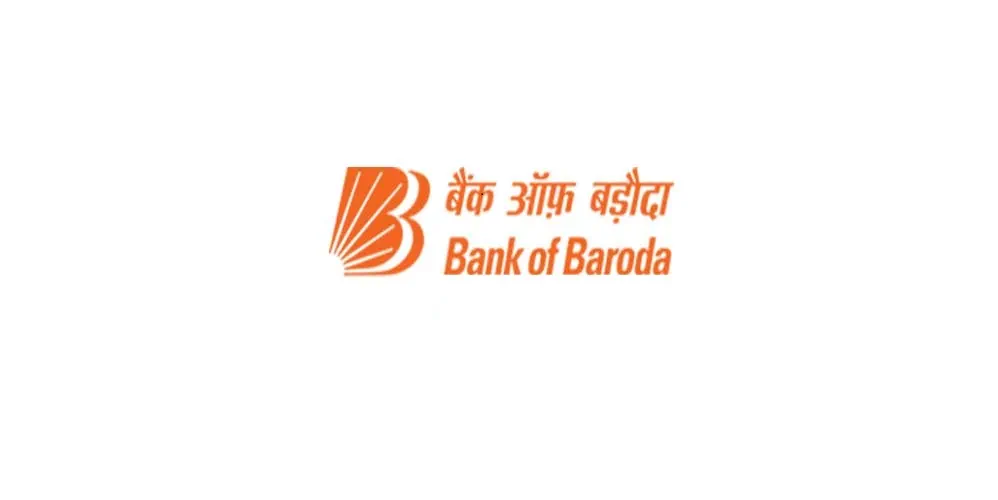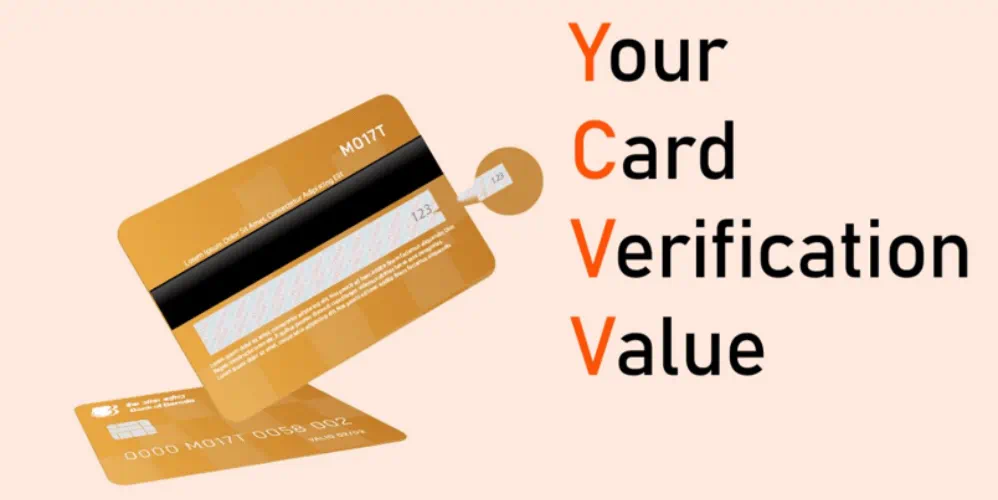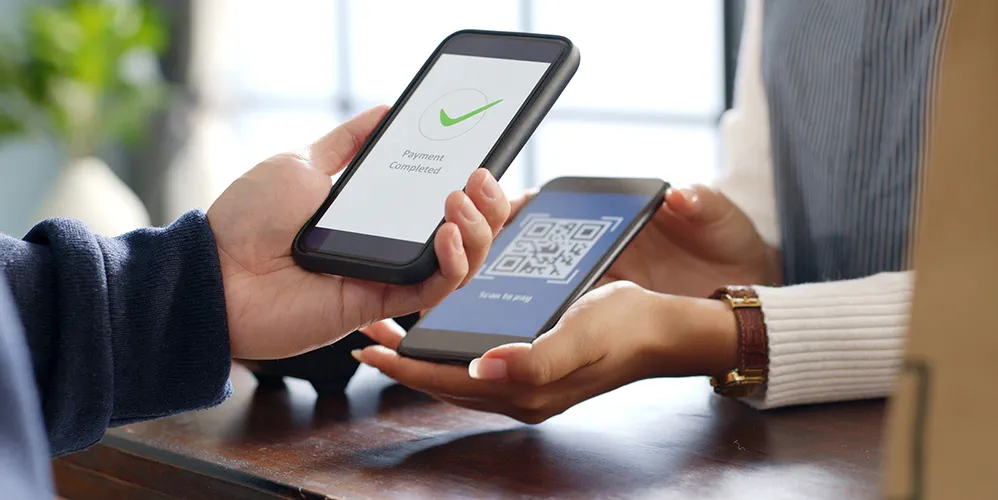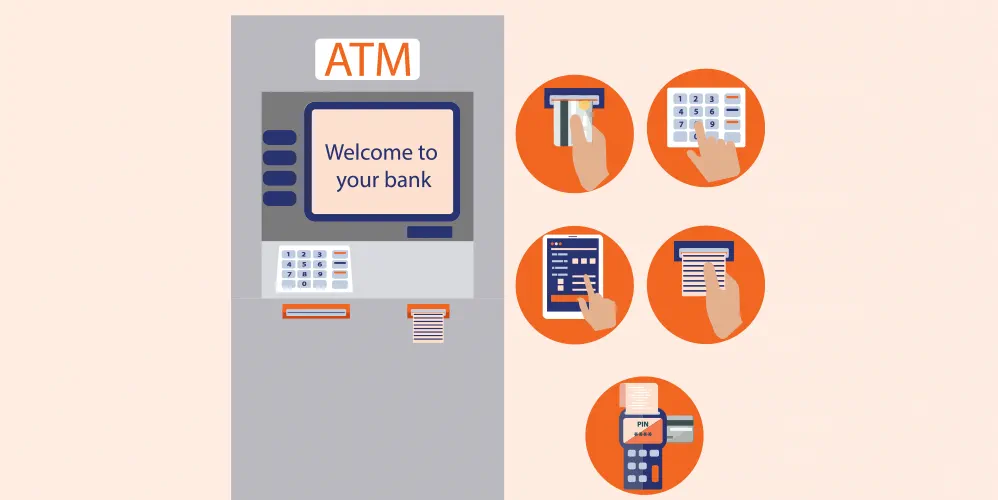
सामान्य इंटरनेट बैंकिंग धोखाधड़ी और इसके रोकथाम से संबन्धित युक्तियां
07 जुलाई 2023

Table of Content
Internet banking has made financial transactions more convenient and accessible for millions of people worldwide. However, this convenience of online banking comes with the risk of Internet banking fraud.
Cybercriminals are constantly devising new methods to defraud unsuspecting individuals and organisations of their hard-earned money. People need to learn how they can be duped to avoid this from happening. Let us decode some of the most common types of online financial frauds.
10 Common Internet Banking Frauds
Here are the top 10 most common types of online frauds in banking services that one needs to be aware of:
1) Identity Theft
Identity theft is one of the most common forms of Internet banking fraud. Here, cybercriminals steal personal information such as usernames, passwords and other confidential data to impersonate the victim.
2) Malicious Software
Malicious software, also commonly known as malware, is software that is designed to infiltrate or damage computer systems. Malware can be used by fraudsters to gain unauthorised access to the net banking credentials of a person.
3) Employee Initiated Fraud
Employee-initiated fraud is a type of net banking fraud where employees of a financial institution misuse their access to sensitive information and banking systems for personal gain. They can use this information to conduct embezzlement, insider trading and other forms of fraud.
4) Fraudulent Email (Phishing)
Phishing is a common tactic used by fraudsters to trick individuals into sharing their personal information. This is usually done through fraudulent emails that appear to be from legitimate financial institutions. They ask for confidential information such as usernames, passwords and account numbers.
5) e-Transfer Interception Fraud
e-Transfer interception fraud occurs when cybercriminals intercept and redirect legitimate e-transfers intended for a victim's bank account to their own account. They may use various tactics, such as social engineering, malware or hacking.
6) Vishing
Vishing is another common online banking fraud where cybercriminals use voice calls to deceive victims into sharing their personal information. The fraudster usually represents themselves as an executive from a legitimate financial institution and asks the victim to provide their confidential information over the phone.
7) Opening an Account in the Victim's Name (Application Fraud)
Application fraud is a type of Internet banking fraud where cybercriminals open bank accounts in the victim's name without their consent. They may use stolen identities and other fraudulent documents to open these accounts. These bank accounts are then used for illegal activities such as money laundering or transferring stolen funds.
8) SIM Swap
SIM swap is a type of e-banking fraud where cybercriminals trick a victim's mobile service provider into transferring the victim's mobile phone number to a SIM card in their possession. Once they have control of the victim's phone number, they can use it to bypass two-factor authentication measures. Through this, they gain unauthorised access to the victim's online banking accounts.
9) Automatic Transfer System (ATS)
ATS is a serious type of online banking scam that increases financial losses over time if not rapidly solved. Here, fraudsters set up automatic transfers to their own accounts without the victim's knowledge or consent. These automatic transfers may occur at regular intervals automatically.
10) Fake Apps
Fake applications are malicious application copies that are designed such that they mimic legitimate banking apps. These fake applications deceive users into providing their personal information. They are often downloaded from unofficial app stores or websites. In most cases, they contain malware or other malicious software.
How to Prevent Internet Banking Frauds?
Online frauds in banking are getting more and more common. Being aware and careful is necessary to avoid internet banking fraud. As a safety measure, one should take the following precautions:
- Use Strong Passwords: One should create strong and unique passwords for their online banking accounts. They should avoid using easily guessable passwords like birthdates or name-surname combinations and update their passwords regularly.
- Enable Two-Factor Authentication (2FA): Two-factor authentication adds an extra layer of security to online banking accounts. It typically involves using something one knows (such as a password) and something one has (such as a fingerprint or an OTP sent to their mobile) to verify their identity.
- Be Cautious with Emails and Links: One should be cautious with emails, especially those asking for personal information or urging one to click on suspicious links. One should always verify the authenticity of emails and links before providing any confidential information and avoid clicking on links or downloading attachments from unknown sources.
- Keep Software Updated: One should keep their computer, mobile device and all software, including antivirus and anti-malware programs, up-to-date with the latest security patches. This helps protect against known vulnerabilities that cybercriminals may exploit.
- Be Wary of Public WiFi: One should avoid conducting online banking transactions on public WiFi networks, as these networks may not be secure and can be easily intercepted by hackers.
- Check Bank Statements Regularly: One should review their bank statements and transaction history regularly. One should report the bank immediately in case of any suspicious activity.
- Be Skeptical of Unsolicited Calls: One should be sceptical of unsolicited phone calls or messages asking for personal or banking information. Legitimate financial institutions will never ask for confidential information over the phone or through messages.
In a Nutshell
Now, one must be aware of some of the most common online banking frauds and its types. Internet banking frauds are constantly evolving, and it's crucial to be vigilant and take necessary precautions to protect oneself and their finances.
By being aware of the common types of e-banking frauds and following best practices for online security, one can easily reduce the risk of falling victim to these fraudulent activities.
Bank of Baroda has put multiple security measures in place to ensure that their customers' accounts are safe. As everything is moving online, so are the core banking services. BOB ensures that its customers feel safe while conducting their transactions online. For a safer, more rich and secure internet banking experience, open an account with BOB today.
Popular Articles
Related Articles



What is CVV on a Debit Card? Understanding Its Importance and Security Features


How to Update Your FASTag KYC: Step-by-Step Guide for Online & Offline Methods




The Importance of Pension Funds: Secure Your Future with Steady Retirement Income

-
डिस्क्लेमर
इस लेख/इन्फोग्राफिक/चित्र/वीडियो की सामग्री का उद्देश्य केवल सूचना से है और जरूरी नहीं कि यह बैंक ऑफ बड़ौदा के विचारों को प्रतिबिंबित करे। सामग्री प्रकृति में सामान्य हैं और यह केवल सूचना मात्र है। यह आपकी विशेष परिस्थितियों में विशिष्ट सलाह का विकल्प नहीं होगा । बैंक ऑफ बड़ौदा और/या इसके सहयोगी और इसकी सहायक कंपनियां सटीकता के संबंध में कोई प्रतिनिधित्व नहीं करती हैं; यहां निहित या अन्यथा प्रदान की गई किसी भी जानकारी की पूर्णता या विश्वसनीयता और इसके द्वारा उसी के संबंध में किसी भी दायित्व को अस्वीकार करें। जानकारी अद्यतन, पूर्णता, संशोधन, सत्यापन और संशोधन के अधीन है और यह भौतिक रूप से बदल सकती है। इसकी सूचना किसी भी क्षेत्राधिकार में किसी भी व्यक्ति द्वारा वितरण या उपयोग के लिए अभिप्रेत नहीं है, जहां ऐसा वितरण या उपयोग कानून या विनियमन के विपरीत होगा या बैंक ऑफ बड़ौदा या उसके सहयोगियों को किसी भी लाइसेंसिंग या पंजीकरण आवश्यकताओं के अधीन करेगा । उल्लिखित सामग्री और सूचना के आधार पर किसी भी वित्तीय निर्णय लेने के लिए पाठक द्वारा किए गए किसी भी प्रत्यक्ष/अप्रत्यक्ष नुकसान या देयता के लिए बैंक ऑफ बड़ौदा जिम्मेदार नहीं होगा । कोई भी वित्तीय निर्णय लेने से पहले अपने वित्तीय सलाहकार से सलाह जरूर लें।
इंटरनेट बैंकिंग का स्वरूप क्या है ?
इंटरनेट बैंकिंग से हमारे वित्तीय प्रबंधन के तरीके में काफी बदलाव आ गया है. इसने बैंकिंग क्षेत्र में क्रांति सी ला दी है. अब ग्राहक अपने घर या ऑफिस से बड़ी आसानी से अपने बैंक खातों तक एक्सेस कर सकते हैं.
इंटरनेट बैंकिंग की प्रमुख विशेषताएं और लाभ
इंटरनेट बैंकिंग, जिसे ऑनलाइन बैंकिंग या ई-बैंकिंग के रूप में भी जाना जाता है, अधिकांश व्यक्तियों और कारोबार आदि के लिए अपने वित्त का प्रबंधन करने हेतु बैंकिंग लेनदेन का एक डिफ़ॉल्ट तरीका हो गया है. तकनीक में हो रही प्रगति के साथ, इंटरनेट बैंकिंग ने लोगों को अपने बैंकिंग लेनदेन करने के तरीके में परिवर्तन ला दिया है. इंटरनेट बैंकिंग की विशेषताएं आपके बैंकिंग अनुभव को अधिक सुविधाजनक और कुशल बनाती है. इन विशेषताओं ने खाताधारकों के बीच बैंकिंग के इस माध्यम को लोकप्रिय बना दिया है. तो, ऑनलाइन बैंकिंग फायदे और नुकसान क्या हैं ? स्क्रॉल करते रहिये !

